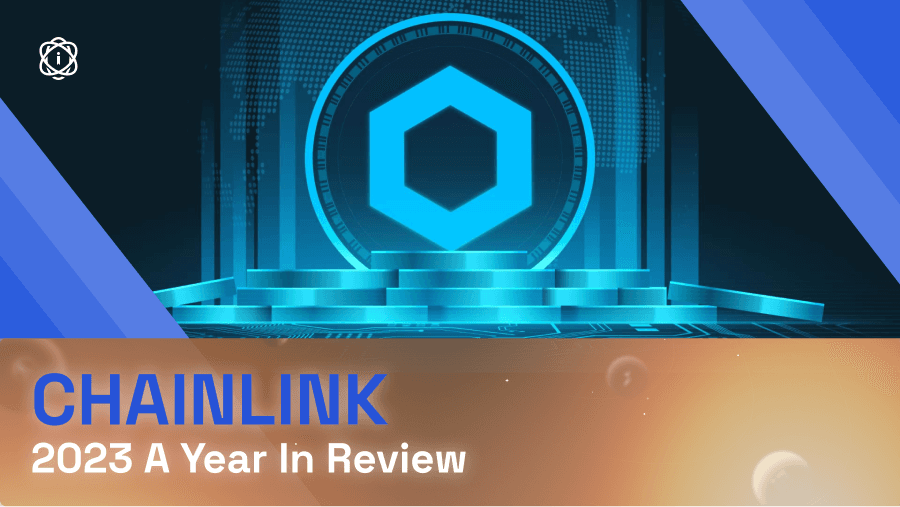“Capturing MEV/OEV could lead to protocols receiving 2–3x their current revenue”—Campbell Easton. Episode #6 of the SEDA-led mini-series saw OEV commentators Jasper De Gooijer, SEDA’s CTO, and Campbell Easton from the UMA Protocol discuss OEV and a future for democratized redistribution of leaked value. The conversation broke down the differences between MEV and OEV and discussed contentious points such as who deserves value and how a protocol captures such value. Dive in below to relive the immersive and eye-opening discussion.
SEDA The Modular Data Layer & UMA Protocol With Oval Set To Democratize OEVSegment 1 | Understanding MEV And OEV On The Blockchain
Campbell from UMA set the stage for the discussion, jokingly stating that no one understands the depth of MEV and pointing to the topic’s brevity. He shared that the base principle of MEV is telling a block builder that there are extra gas fees for you if you include my transaction within this block. The transaction in question is a strategic implementation, allowing the owner to benefit based on the order of other transactions in the block.
For examples and deeper exploration, visit the SEDA x UMA Protocol OEV breakdown blog.
Jasper added that MEV/OEV is the profit that can be extracted by reconstructing or manipulating incoming order flow. Searchers monitor the mempool, looking for opportunities to submit their transactions with higher fees to benefit. The panel shared how this is undertaken in mere seconds by highly sophisticated bot infrastructure that can identify opportunities in the mempool and generate new transactions in seconds.
Segment 2 | How and by whom is MEV/OEV extracted?
Campbell shared the MEV supply chain concept, where value is added to the blockchain by either a user transaction or an oracle update. These transactions are then visible in the mempool, called the dark forest, where searchers pry for OEV opportunities. Once an opportunity is detected, searchers submit transactions to the block builder by raising the Gas fee for their transaction in the mempool. The block builders then make the most profitable block within the block’s gas limit, which hypothetically includes the searcher’s transactions. Once the block is constructed, it is then proposed to the validators, who select the most profitable block for themselves. Here, we can see a competitive nature and ‘bribery’ that needs to happen for block builders to include searchers’ transactions.
Campbell stated that estimates suggest 70% of the value goes to the validator alone, 10% to the builder, and only 17% to the searcher. He provided an example where AAVE paid USD 73000 as a liquidation bonus, where the searcher who spotted the liquidation opportunity left with $12 after paying off the builder and proposer in the supply chain.
Segment 3 | Who Deserves To Keep The Value Extracted?
Jasper from SEDA suggested that validators and proposes have the claim on the block space itself. Still, ultimately, the fairest distribution is to the end user and the application, where the end-user creates the value. Campbell added to this, suggesting that the end user could be multiple parties, from the data providers to the oracle or the beginning user. Jasper told his theory for a dynamic percentage distribution model where the participants creating the value would receive a percentage of the value extracted based on how much they had received in a given period to generate the equal redistribution possible.
Campbell spoke about how UMA is currently involved in multiple discussions surrounding this topic and how one solution is to provide it back to the protocol as revenue. This would allow the protocol to decide how to manage this value formerly leaked on their networks. It could be distributed to participants as highlighted above or used as protocol revenue and growth.
Segment 4 | OEV & MEV Solutions By UMA And SEDA
UMA Protocol
UMA’s solution involves allowing protocols using Chainlink price feeds to wrap their feed with an Oval contract. This allows the price feed update to redirect to Oval and be withheld from the mempool for a duration the protocol selects. The longer an update is withheld, the more value can be captured while keeping in mind that withholding for too long can disrupt the user experience. Searchers can then send transaction bundles to Oval, who runs an auction within the flash bots framework. The searcher who commits to paying the most value back to the protocol wins the right to have their transaction included in the block. Campbell pointed out that due to the highly competitive nature of OEV, more value should theoretically be paid back to the protocol.
SEDA Network
Jasper highlighted that Oval is a generalized OEV solution for protocols, whereas SEDA, as a data layer, acts as the oracle in the scenario. He then pointed to SEDA as an OEV-aware data layer that will be built to enable an auction of the rights to include back-ran transactions in future data feed updates. While SEDA is set to launch its Genesis block this month, its official solution to OEV redistribution remains high, with further developments to be released later this year.
Summarising the conversation
After an in-depth one-hour discussion with over 400 listeners, it is clear that OEV needs to be addressed, with millions in value waiting to be ‘recaptured.’ As the conversation becomes more public, participants who stand to receive value captured will become more vocal, aiding in the democratization of OEV. SEDA and UMA are two protocols excited to be at the forefront among other leaders building for this equitable OEV future for all. To learn more, connect with both protocols using the links below.



